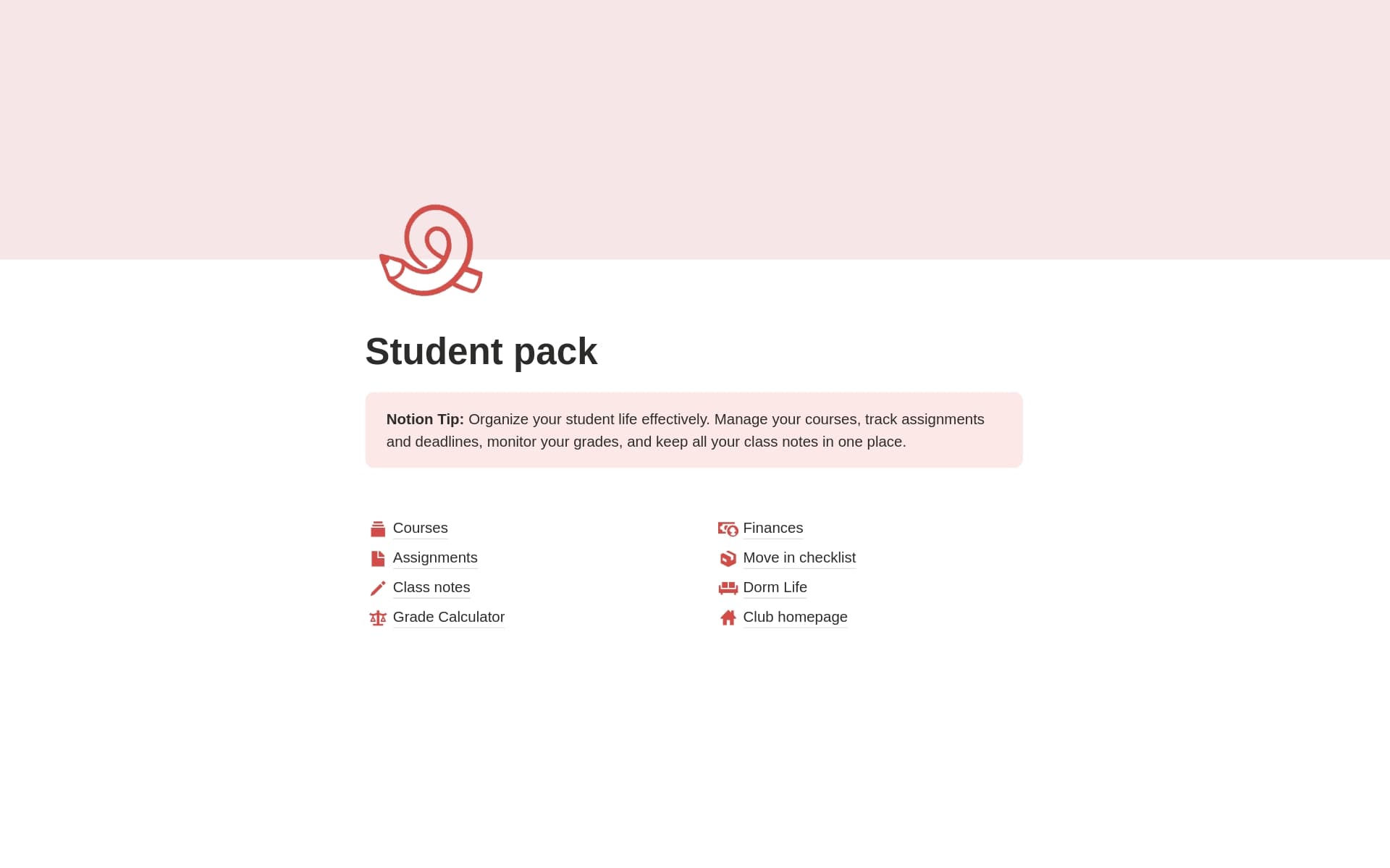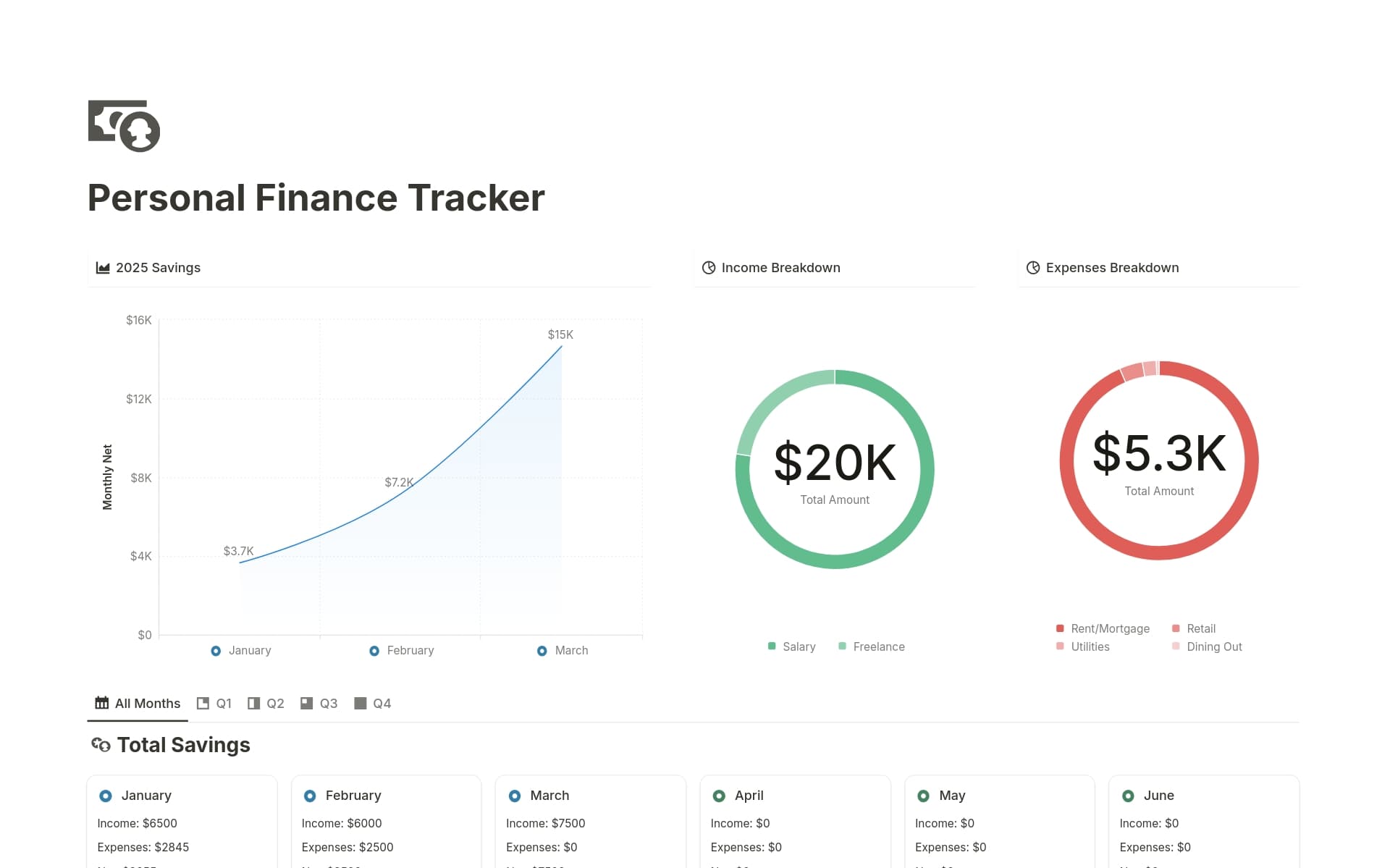Retrospectives offer a structured reflection on projects, helping product analysts to identify what worked, what didn’t, and how processes can be improved for future projects. Utilizing a Retrospective template can streamline these evaluations, ensuring consistent, thorough, and focused analysis, thus aiding in the development of actionable insights for team and project enhancements. Before beginning to craft your own Retrospective templates, it might be helpful to explore the ones outlined below to simplify and enrich the process.
What Should Retrospective Templates Include?
Choosing the right retrospective template can significantly enhance the effectiveness of your review sessions. Here are key components to look for in a high-quality retrospective Notion template:
Clear Objectives: Ensure the template clearly defines the goals of the retrospective. This helps in maintaining focus and driving productive discussions.
Participant Roles: A good template will outline roles for all participants, which can include facilitators, note takers, and other specific responsibilities.
Feedback Mechanisms: Look for templates that include structured ways to gather and organize feedback, such as sections for anonymous input or categorized response areas.
Actionable Items Section: The template should facilitate the easy identification and tracking of actionable items to ensure follow-up and accountability.
Choosing a template with these components will help streamline the retrospective process and ensure it is as impactful as possible.
What Should Retrospective Templates Avoid?
Choosing the right retrospective template is crucial for effective team feedback sessions. However, certain elements can hinder rather than help this process. Here are three key components to steer clear of:
Overly Complex Structures: Templates that are too detailed can confuse participants and detract from the main issues. Simplicity fosters clearer communication.
Fixed, Non-Customizable Fields: Avoid templates that don't allow modifications. Teams evolve and so should their tools to ensure they remain relevant and effective.
Lack of Anonymity Options: For honest feedback, participants must feel safe. Templates lacking anonymity features can discourage openness and lead to biased responses.
Remember, the goal is to facilitate smoother retrospectives that empower teams to discuss and improve, not just to fill out forms.




